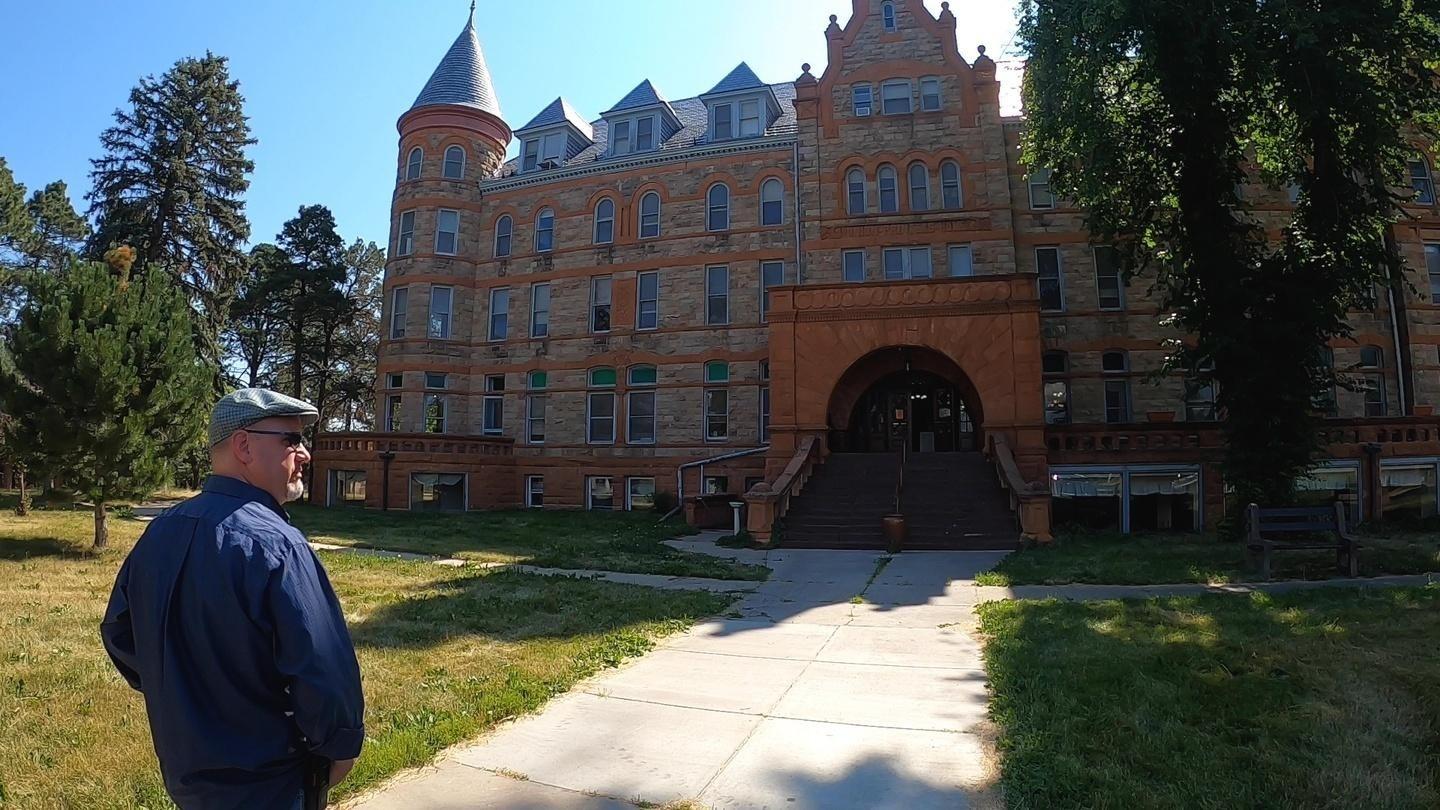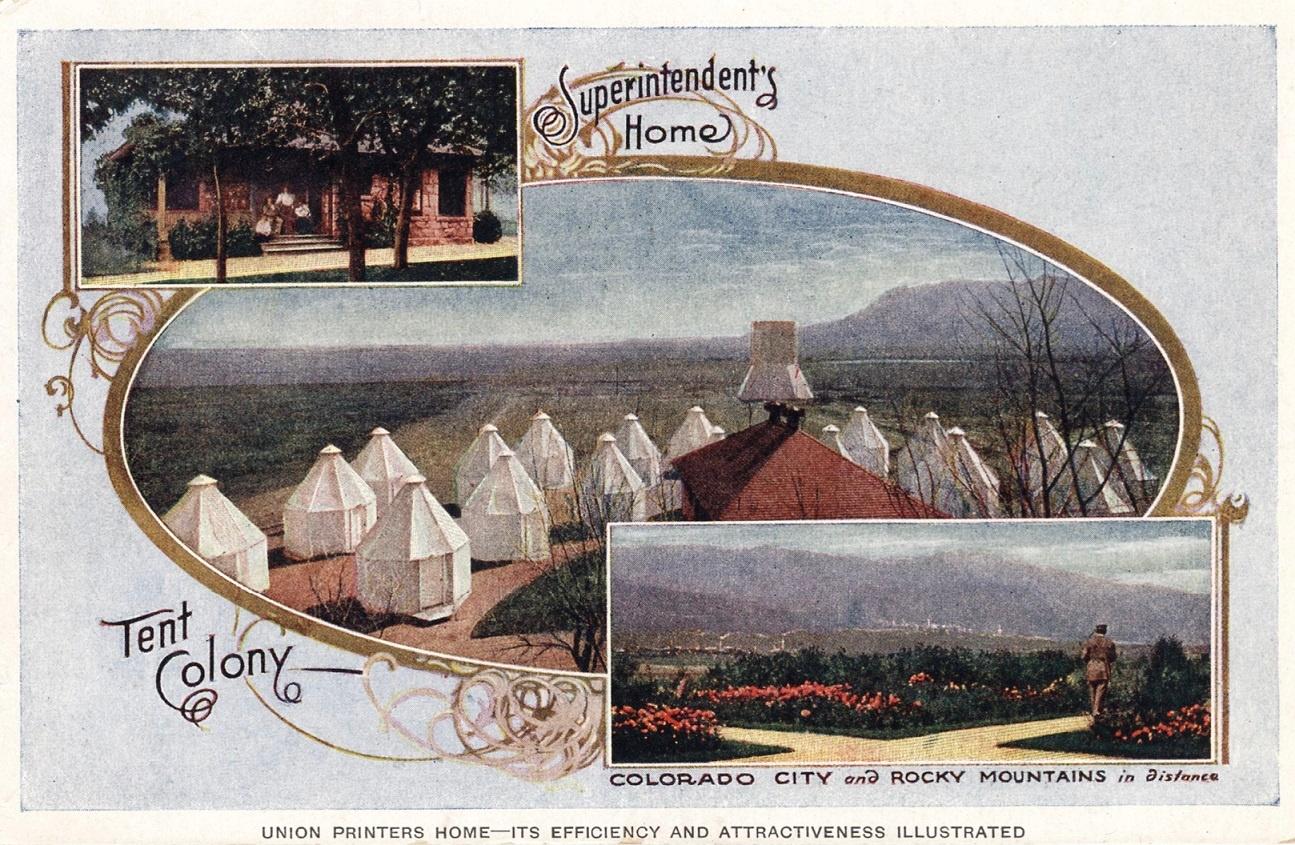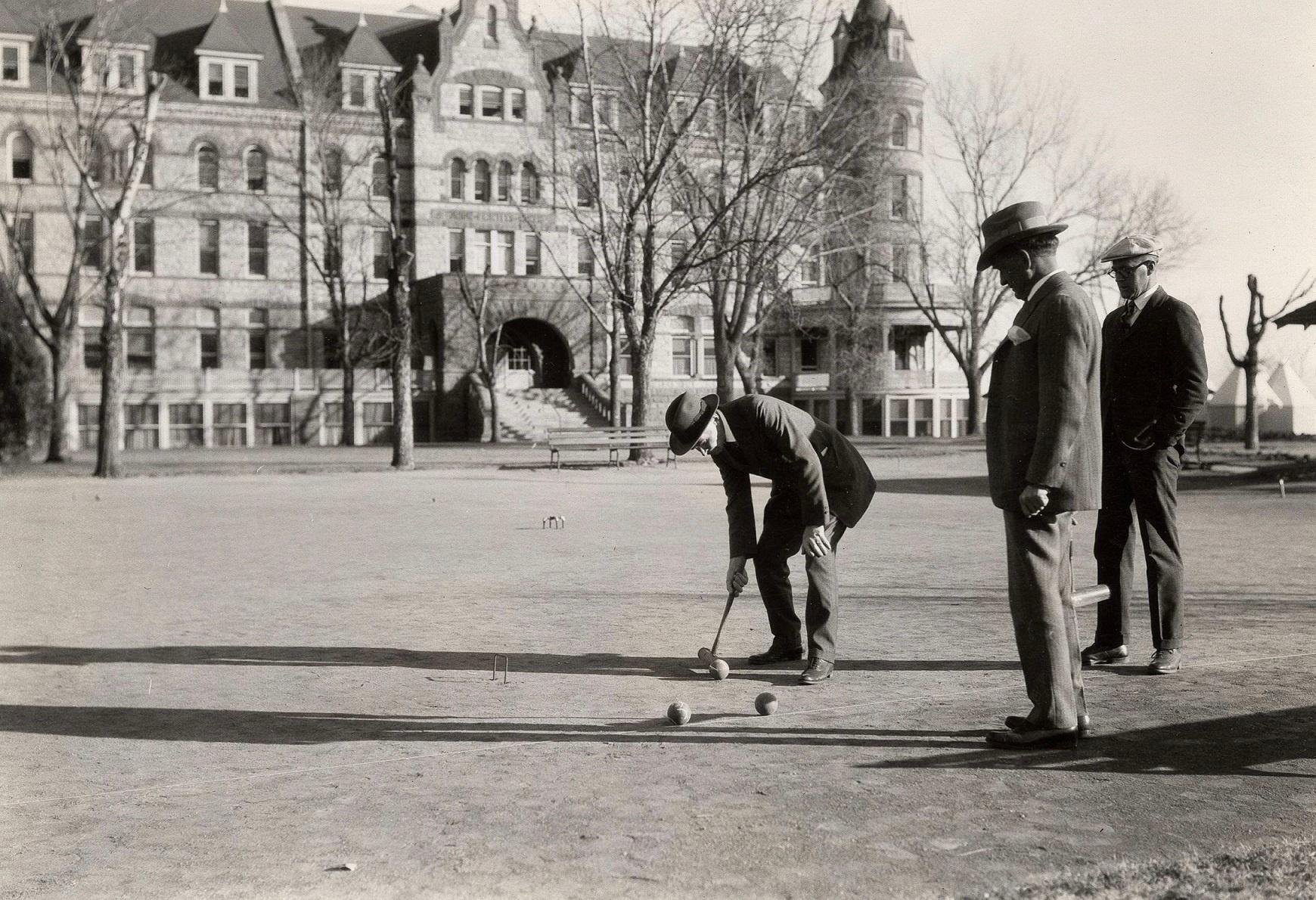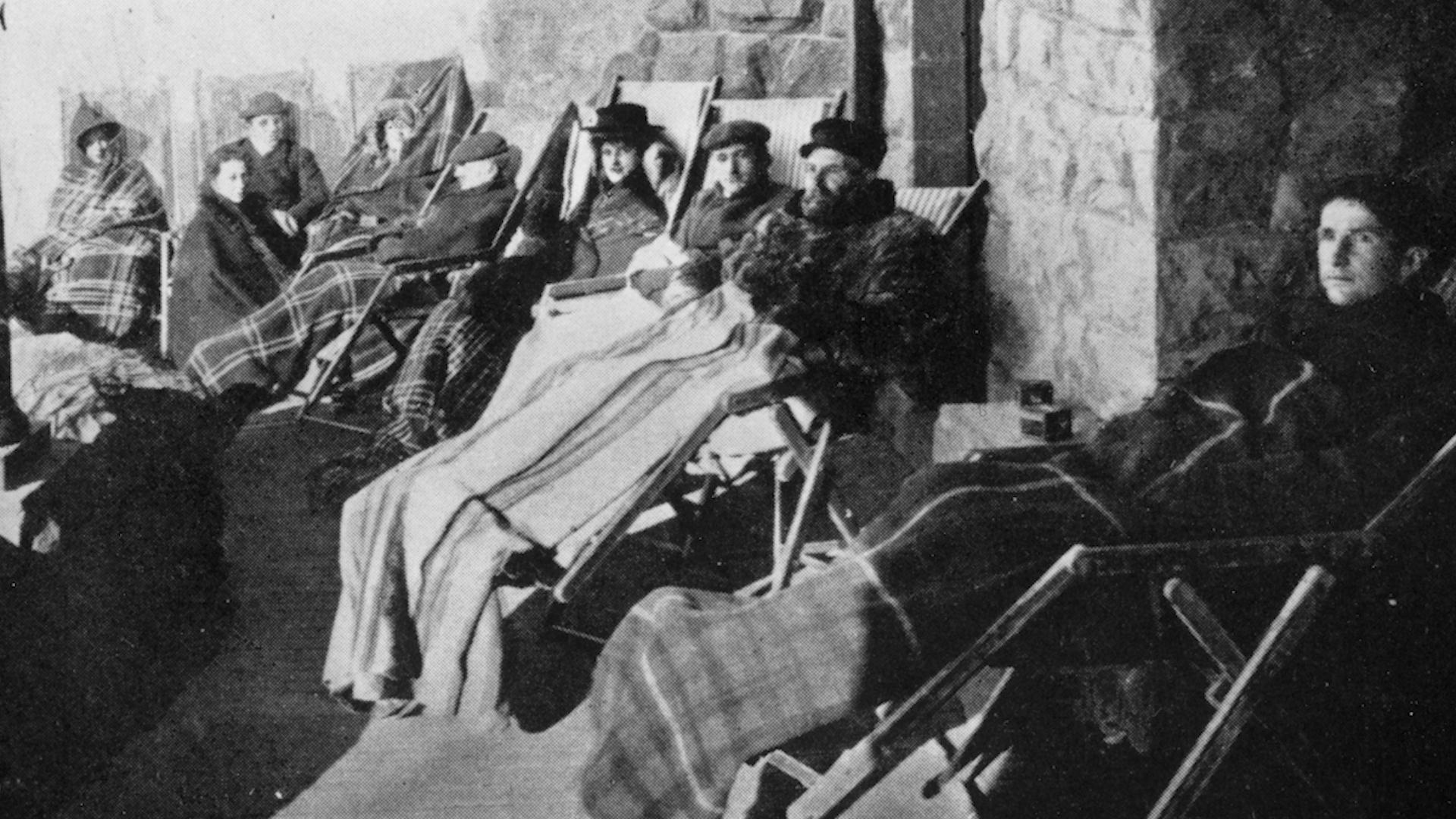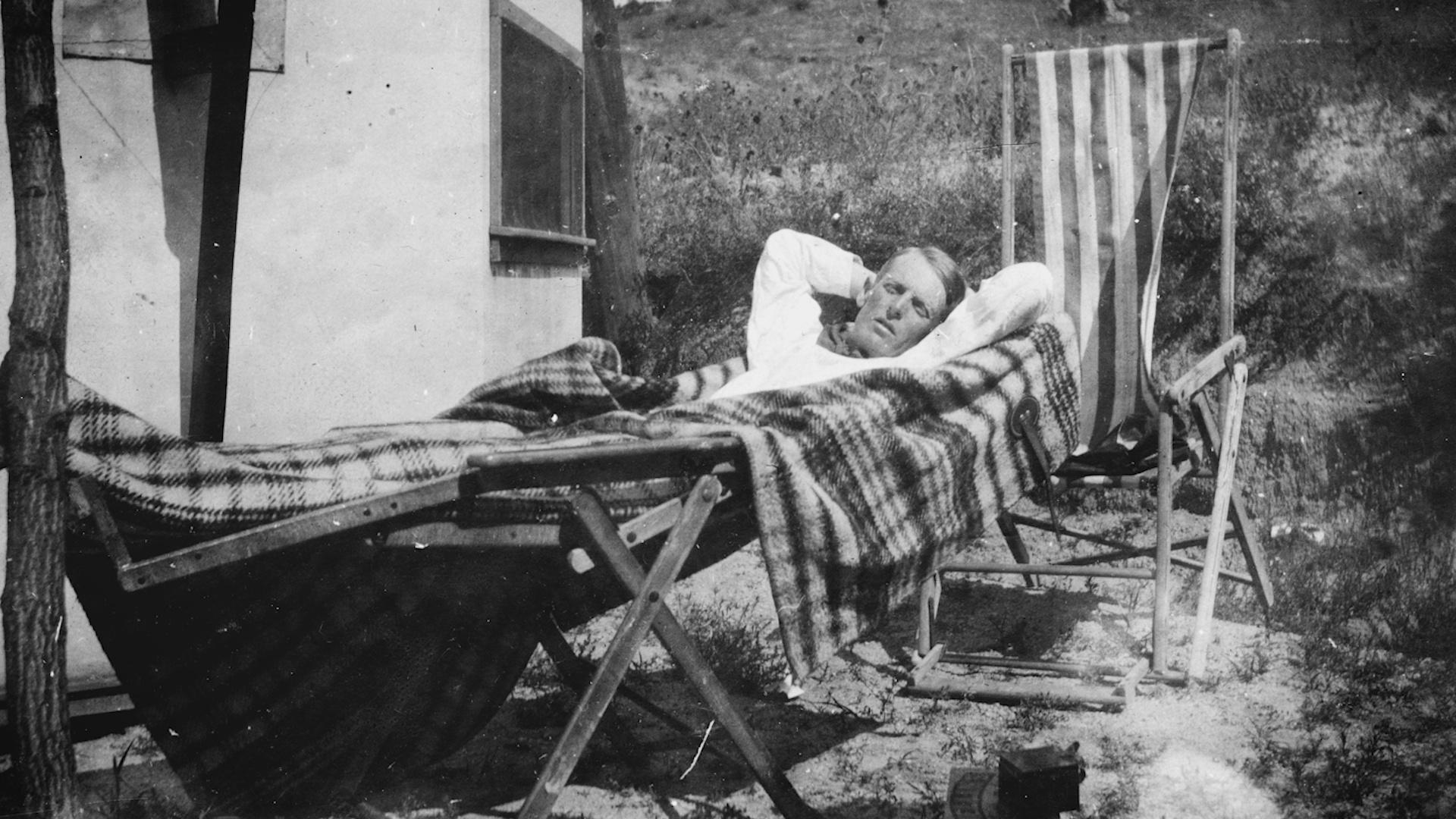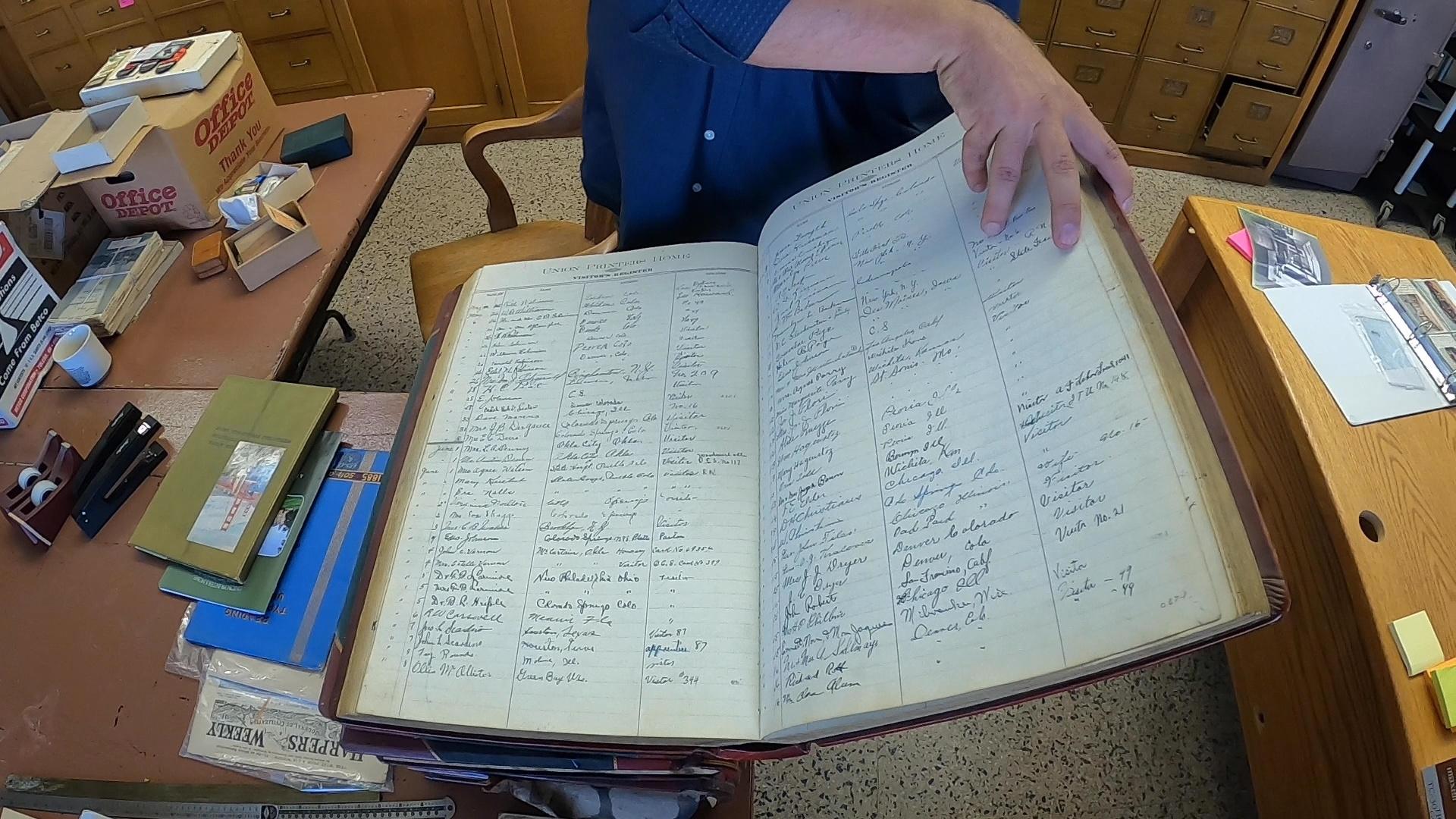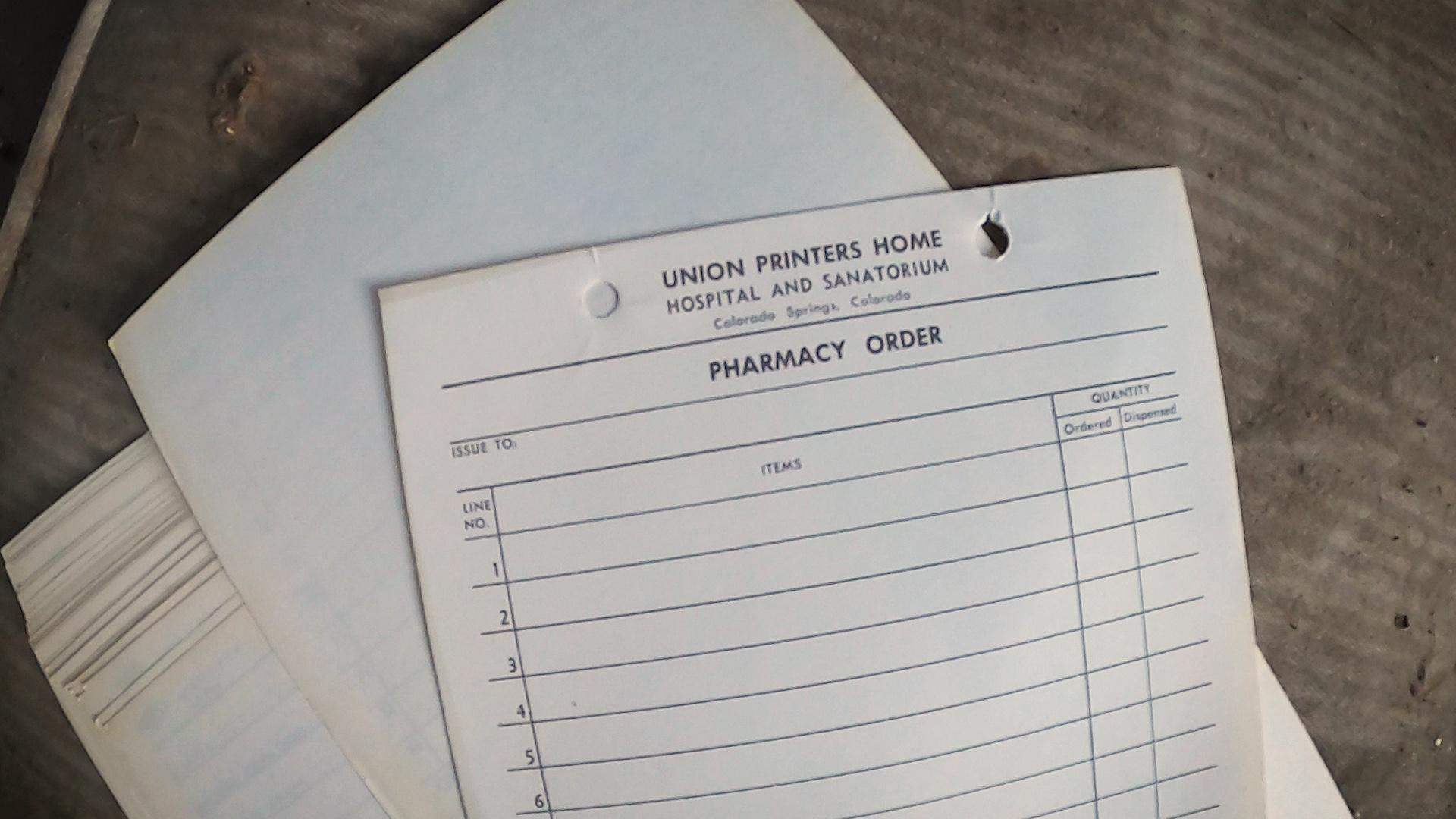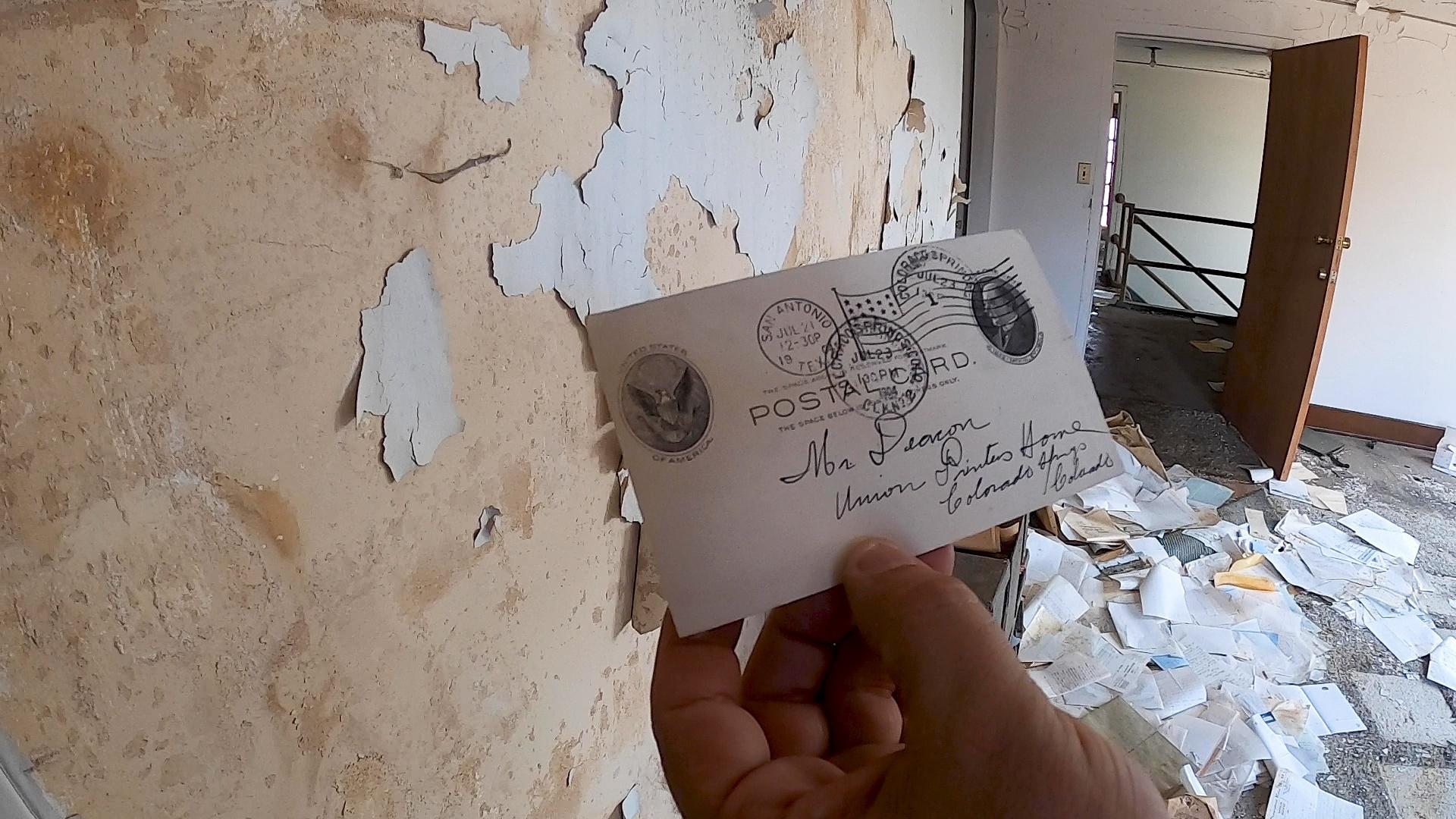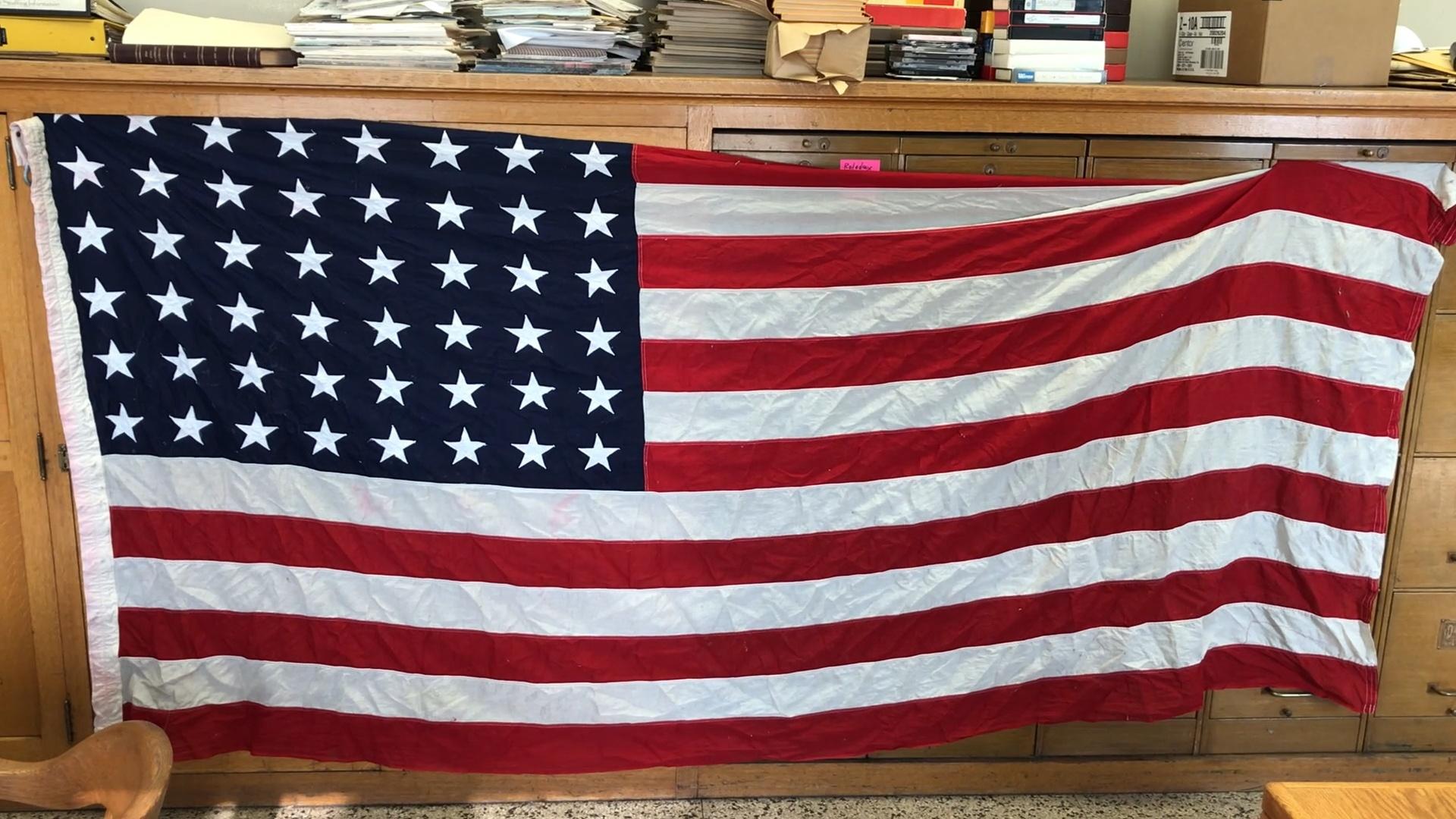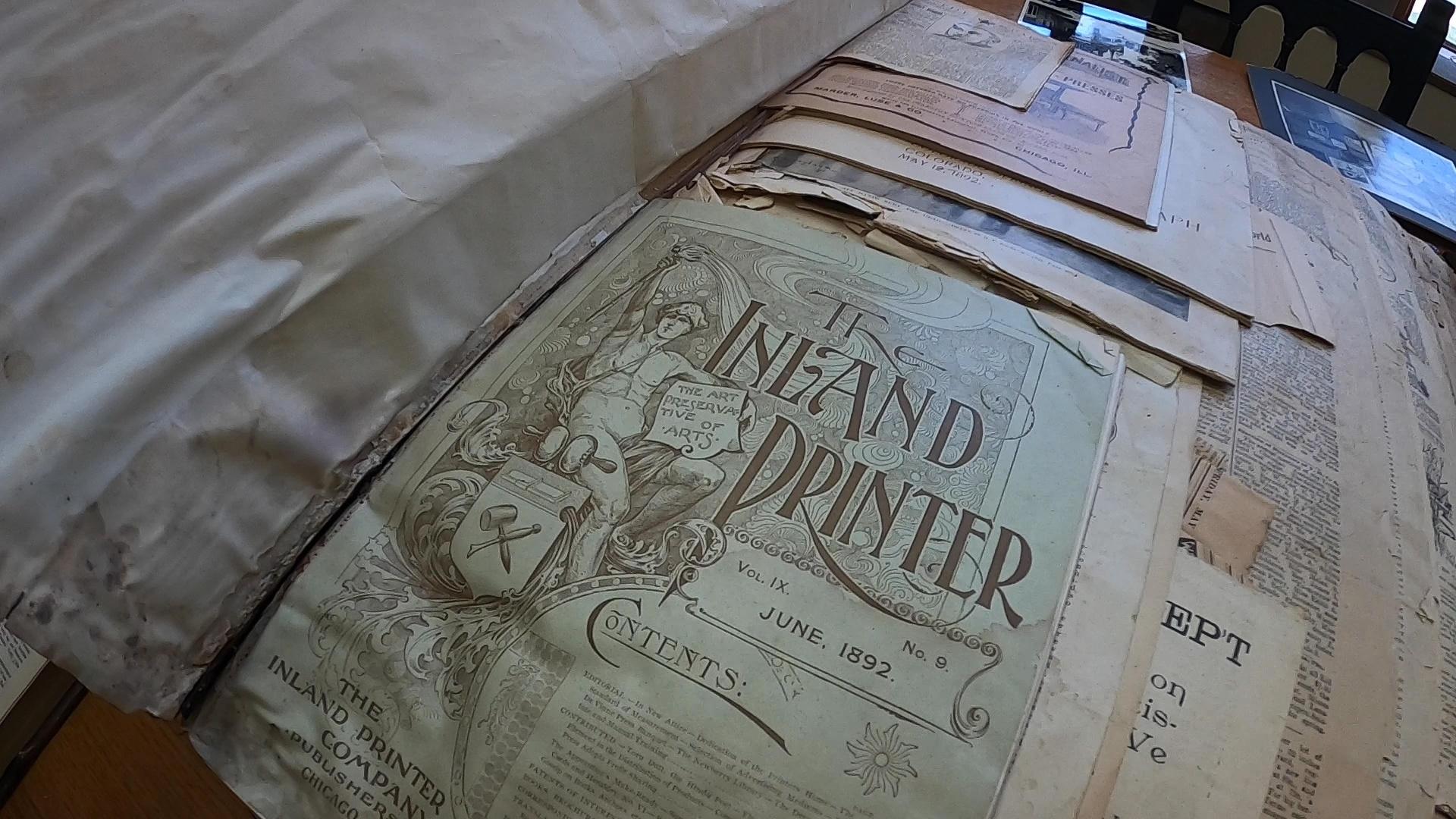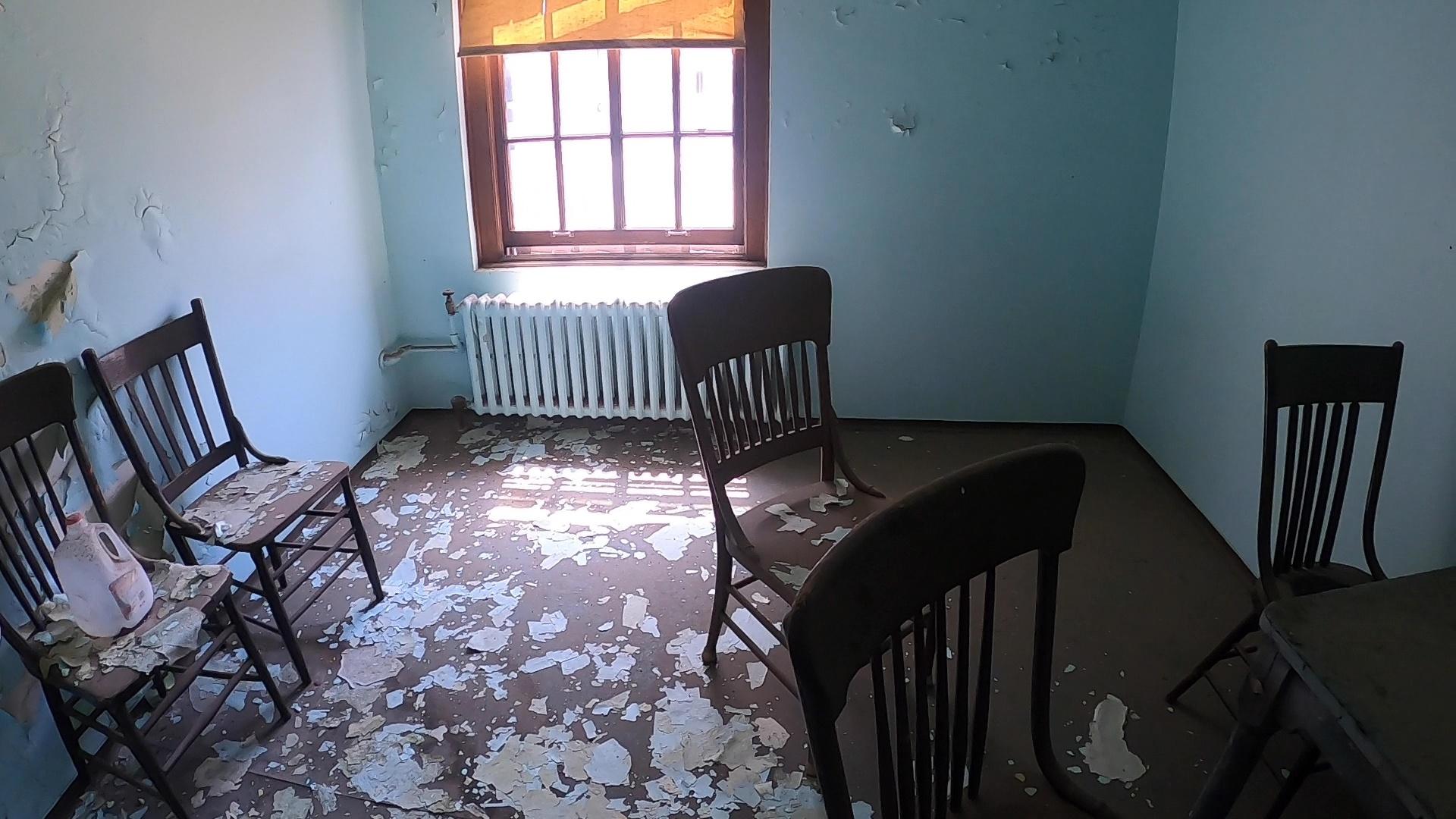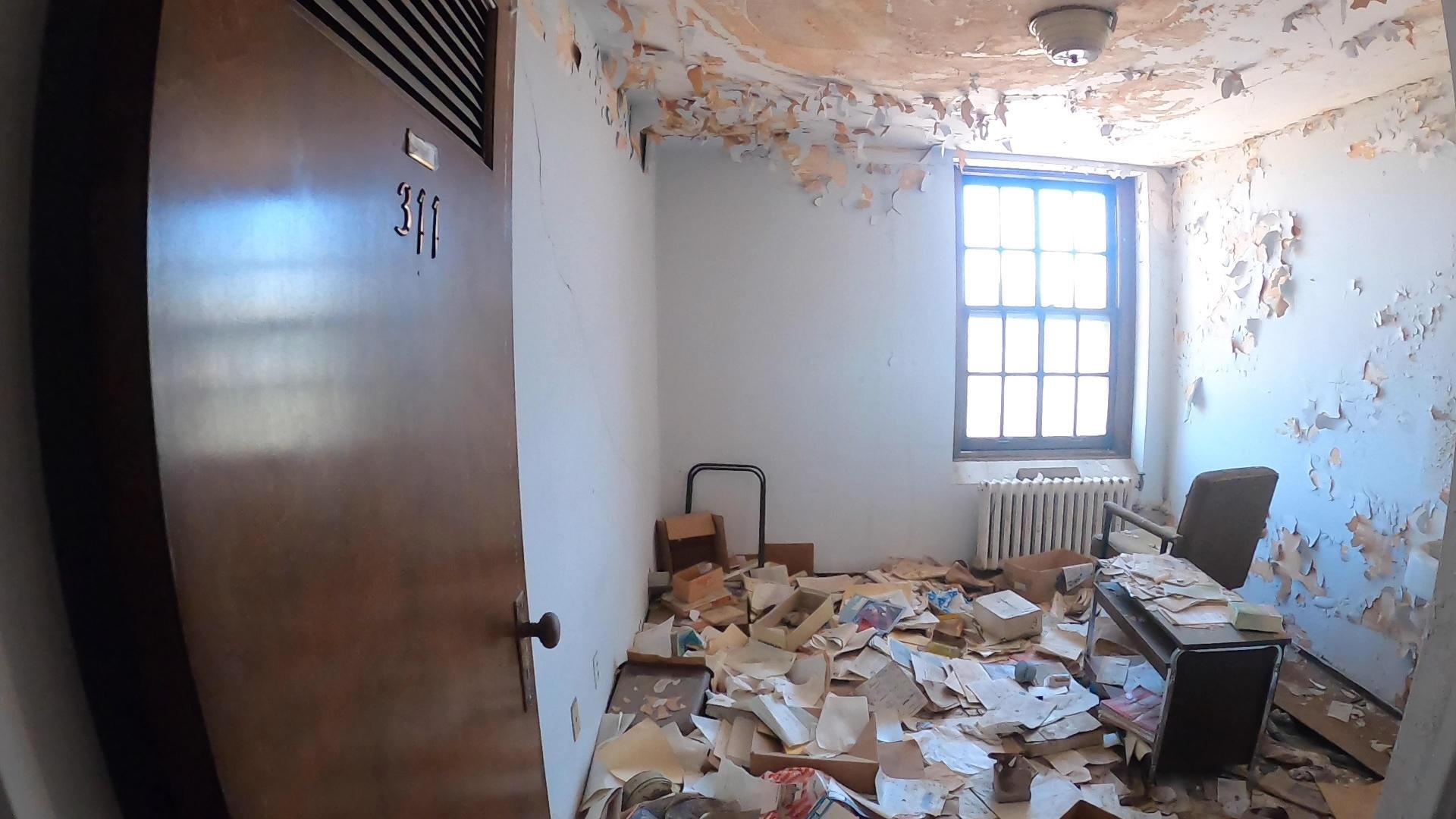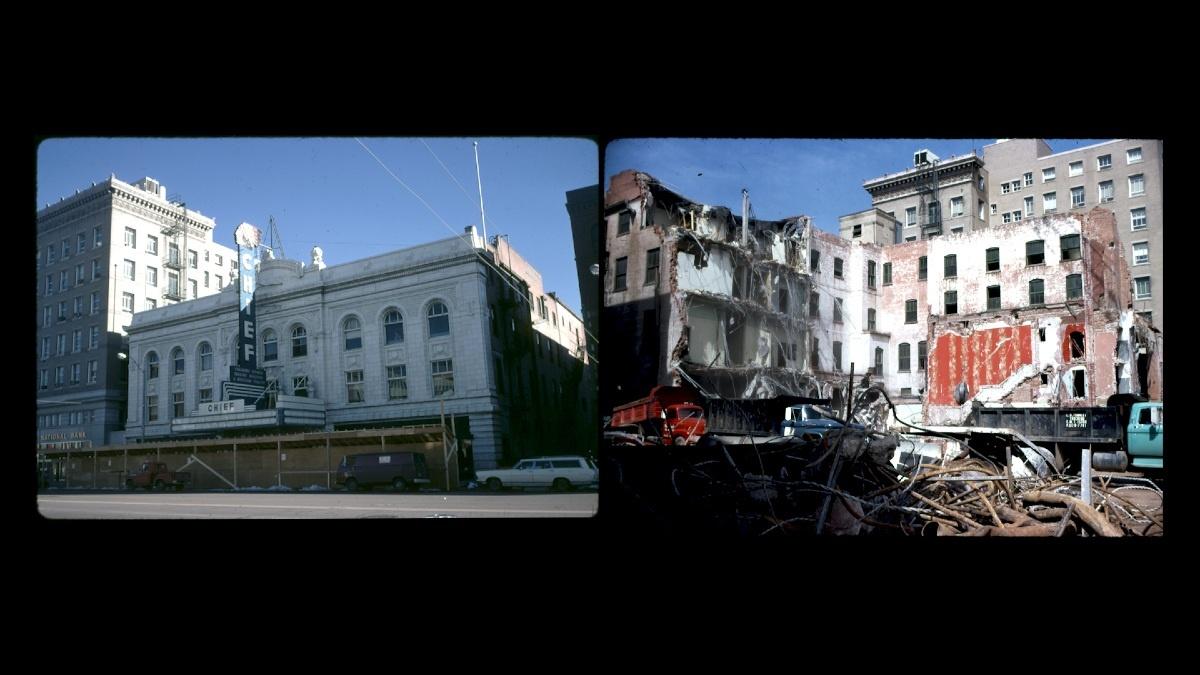After antibiotics to combat tuberculosis were developed, the site transitioned to meet other health needs in the community. Most recently, the Union Printers Home was a long-term care facility that eventually shut down amid sub-par standards in early 2020.
Following its closure, local historians, history buffs, and concerned citizens — some with a personal or familial connection to the facility — feared an impending sale and demise of the prominent structures. A collective sigh of relief came when the facility was purchased by local stewards.
Today, the 26-acre, 200,000-square-foot complex once famous for the care of over 25,000 tuberculosis patients is being renovated into a community-centered hub, with grounds that will be open to the public, explained the group committed to its preservation.
The buildings, despite their age, are in relatively good shape and will remain, said Darin Zaruba, the group’s ad-hoc documentarian.
Yet in regard to the tremendous volume of history left behind, “we had no idea what we were in for,” he said.
“As we’ve been unearthing everything, we have found just an enormous volume of history,” said Zaruba. “This is 130 years of everything from letters and receipts, to books of visitor logs that probably have signatures of presidents in them.”



